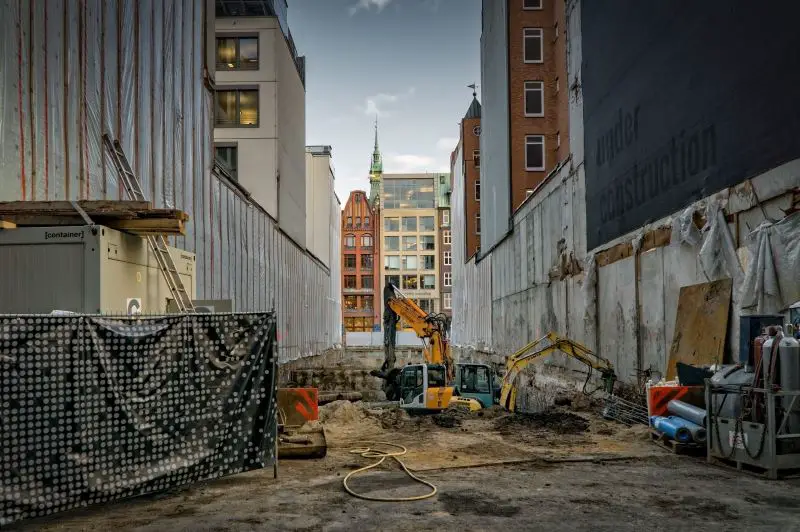The construction industry struggles with several challenges, such as delays, cost overruns, worker safety, and quality lags. Most business owners and site managers tend to overlook construction site security issues while focusing all their attention on common concerns.
Unfortunately, your construction business may suffer massive losses due to threats like vandalism, equipment theft, and material pilferage. Statistics show that construction companies in the US lose equipment worth $1 billion annually due to theft.
Site security is critical for reasons beyond the prevention of theft and vandalism. It ensures the safety of workers, reduces the risk of fire, and keeps your business ahead of compliance. Proper security measures enhance project integrity and reduce insurance costs.
With the slowdown of the construction industry in 2023, spending a fortune on on-site security measures seems impossible. Thankfully, there are ways to secure your projects without breaking the bank.
Here are a few cost-effective strategies business owners can rely on:
Invest In the Basics
Construction sites are always at risk because they are open to trespassers. However, investing in basic measures can help you minimize the threat of unauthorized entry. Integrating a few steps into your site security system is enough to fortify your defenses without hefty spending. These include:
Fencing
A robust perimeter fence serves as the first line of defense for a building under construction. No one wants to climb through a fence or wall to enter and leave with heavy equipment and materials because it takes a lot of effort.
Lighting
Ensuring adequate lighting on the premises deters unauthorized activities and creates a safer environment after dark and when no one is around. Well-lit areas also limit accident risks when workers work during late hours.
Surveillance Cameras
Strategically placing modern CCTV cameras in vulnerable areas is another measure to deter intruders and prevent incidents. Even if someone manages to break in, the footage can provide clues to catch the culprits.
Access Control Devices
Consider access control installation to regulate entry to the construction site. With these basic solutions in place, you have peace of mind about only the right people entering the area.
According to The Flying Locksmiths, biometrics and card-based access systems are ideal options for construction projects. You cannot expect to secure the premises with a physical lock or strong doors because it is still under work.
Prioritize Scheduled Maintenance
The US market for physical security equipment was worth a staggering $730 million in 2020. The industry is growing because businesses across all verticals realize the value of construction site security, and construction companies are no exception.
But you cannot take a set-and-forget approach even with the best-quality equipment. Reputable companies offer assistance in scheduled maintenance, from checking access control systems to handling CCTV camera footage.
You can employ workers to check fencing and other safety measures and report issues at the earliest. Malfunctioning systems can result in gaps or false alarms, defeating the purpose of these measures.
Bolster Your Hiring Practices
Employee theft is a harsh reality for U.S. businesses, costing approximately $50 billion annually. Construction companies are at risk because workers can leave the site unnoticed with materials and equipment when no one is around. The threat gets bigger if you work with expensive materials and small tools.
Addressing the risk is easy if you are ready to bolster your hiring practices. Perform stringent background checks while hiring workers. Vet supervisors and sub-contractors to be on the safe side. Optimize guard staffing levels on the site to make it easy to track everyone as they enter and leave the site.
Develop a Comprehensive Strategy
Construction security is not about spending big on guards and equipment. It is more about implementing small measures yet developing a comprehensive strategy to address all risks.
Conduct thorough and frequent assessments of site vulnerabilities. The risk levels and threats may change at different stages of the project, so something that works today may be inadequate later. Identify high-risk areas and allocate resources according to these threats.
Removing blind spots should be a priority for managers and business owners. Remember that prevention costs much less than measures to address theft and vandalism. Upgrade systems and processes according to the evolving threats and needs of your business.
Conclusion
Construction site security is a complex and diverse sphere. It includes aspects like premises protection, workforce safety, regulatory compliance, and effective project management. While all this seems like a lot of work, you can cover these areas with robust and cost-effective measures. Implement these steps and collaborate with experts to minimize threats and safeguard your projects, assets, and workers.
